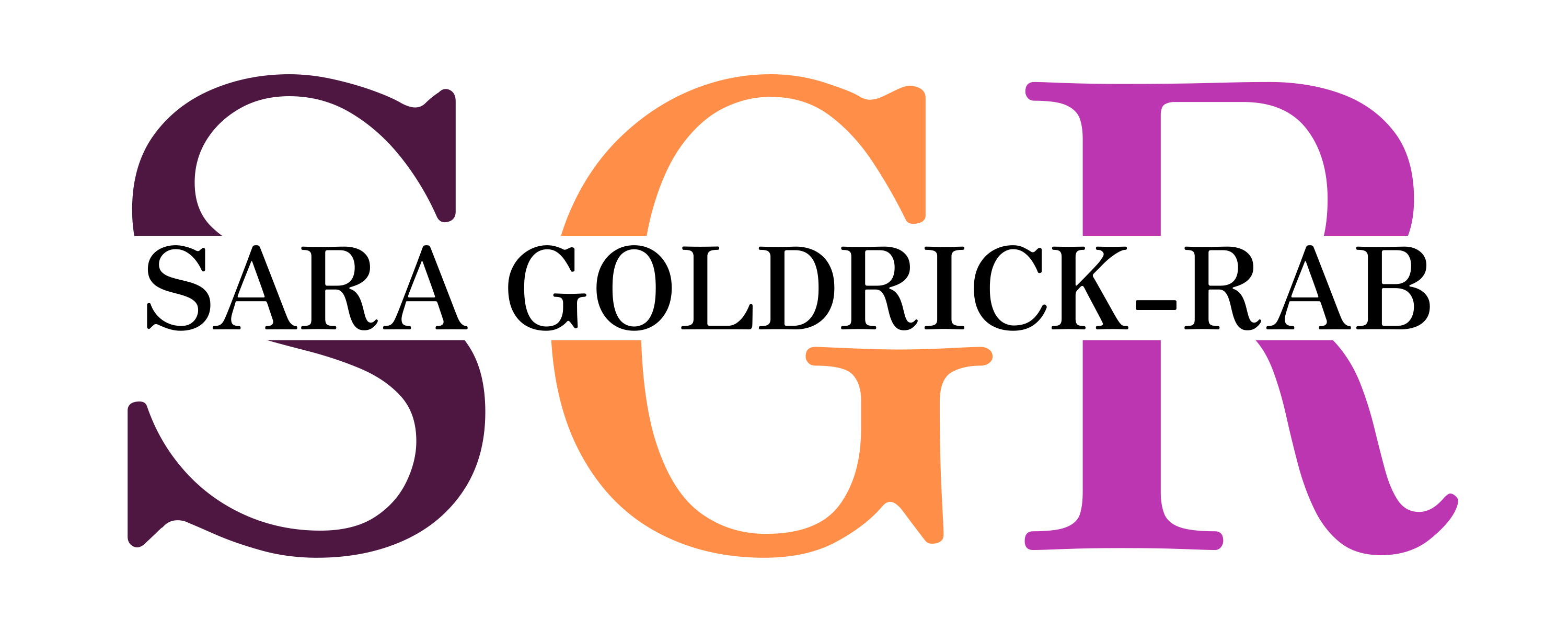Document Author: Elizabeth Looker
City University of New York #RealCollege Survey Report (2019)
Fall 2018 Survey.
ALMOST 22,000 STUDENTS AT
19 CAMPUSES PARTICIPATED.
THE RESULTS INDICATE:
• 48% of respondents were
food insecure in the prior
30 days,
• 55% of respondents were
housing insecure in the
previous year,
• 14% of respondents were
homeless in the previous
year.
National #RealCollege Survey Report #5: Five Years of Evidence on Campus Basic Needs Insecurity (2020)
Now in its fifth year, the #RealCollege survey is the nation’s largest, longest-running annual assessment of basic needs insecurity among college students. In the absence of any federal data on the subject, the Hope Center for College, Community, and Justice created the survey to evaluate access to affordable food and housing among college students. This report describes the results of the #RealCollege survey administered in the fall of 2019 at 227 two- and four-year institutions across the United States. It also considers the cumulative evidence on campus basic needs insecurity amassed over five surveys from 2015 to 2019. The lessons the Hope Center has learned are drawn from over 330,000 students attending 411 colleges and universities.
California Community Colleges #RealCollege Report (2019)
The #RealCollege survey is the nation’s largest annual
assessment of basic needs security among college
students. The survey, which specifically evaluates
access to affordable food and housing, began in 2015
under the Wisconsin HOPE Lab. This report describes
the results of the #RealCollege survey administered at
nearly half of the schools in the California Community
College system in the fall of 2016 and 2018.
ALMOST 40,000 STUDENTS
AT 57 CALIFORNIA
COMMUNITY COLLEGES
PARTICIPATED. THE
RESULTS INDICATE:
• 50% of respondents
were food insecure in
the prior 30 days,
• 60% of respondents
were housing insecure in
the previous year,
• 19% of respondents were
homeless in the previous
year.
Rates of basic needs insecurity vary by region and
by institution. The highest incidence of basic needs
insecurity is found in the Northern Coastal, Northern
Inland, and Greater Sacramento regions of California.
In contrast, rates of basic needs insecurity are far
lower, albeit still substantial, in the South Central
region of the state, which includes Santa Barbara.
Rates of basic needs insecurity are higher for marginalized
students, including African Americans, students
identifying as LGBTQ, and students considered
independent from their parents or guardians for
financial aid purposes. Students who have served in
the military, former foster youth, and formerly incarcerated
students are all at greater risk of basic needs
insecurity. Working during college is not associated
with a lower risk of basic needs insecurity, and
neither is receiving the federal Pell Grant; the latter is
associated with higher rates of basic needs insecurity.
Self-reported COVID-19 infection and implications for mental health and food insecurity among American college students (2022)
While the COVID-19 pandemic affected mental health and increased food insecurity across the general population, less is known about the virus’s impact on college students. A fall 2020 survey of more than 100,000 students at 202 colleges and universities in 42 states reveals sociodemographic variation in self-reported infections, as well as associations between self-reported infection and food insecurity and mental health. We find that 7% of students self-reported a COVID-19 infection, with sizable differences by race/ethnicity, socioeconomic status, parenting status, and student athlete status. Students who self-reported COVID-19 infections were more likely to experience food insecurity, anxiety, and depression. Implications for higher education institutions, policy makers, and students are discussed.
